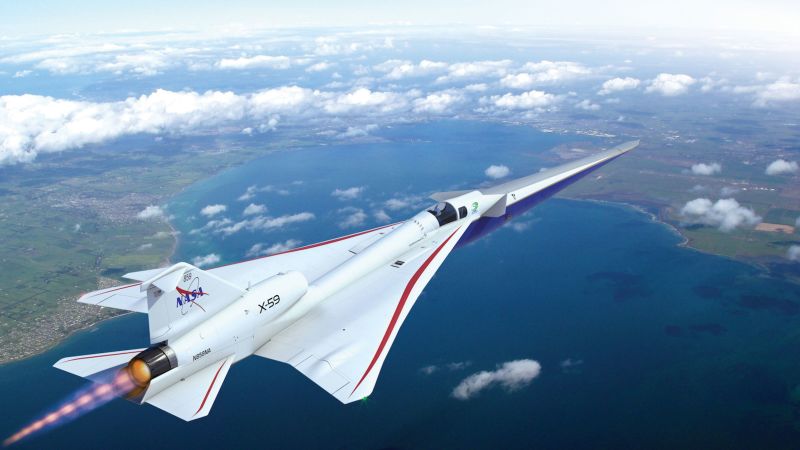In July, Lockheed Martin completed the build of NASA’s X-59 test aircraft, which is designed to turn sonic booms into mere thumps, in the hope of making overland supersonic flight a possibility. Ground tests and a first test flight are planned for later in the year. NASA aims to have enough data to hand over to US regulators in 2027.



yeah but captured carbon gas is stupid expensive, and I imagine it’ll be worse for jet fuel. porsches recaptured carbon gas is like $40 a gallon
The first computers cost millions and the one I’m holding in my hand is basically worthlesss. capture and conversion are both fairly simple processes so we will see a lot of reduction in cost once engineering pathways are established especially when tied to excess power generation from renewables - instead of wasting excess capacity divert it to a nearby carbon capture plant.
If a system like this manages to make fuel cheaper than standard fuel types then we’ll see them spring up everywhere, it could be a total game changer. Worse ways there’s an expensive alternative for use cases where electric planes aren’t feasible and we learn a lot about atmospheric carbon in the process.
The air force have been doing studies and they’re really keen on it, fuel security is the main reason but it wouldn’t have got this far if it wasn’t at least somewhat economically viable.
I agree with you 100% that it will get cheaper, though I think that gas will soon be something only rich people can afford for their fancy cars. the rest of us peasants will be stuck with our shitty electric cars